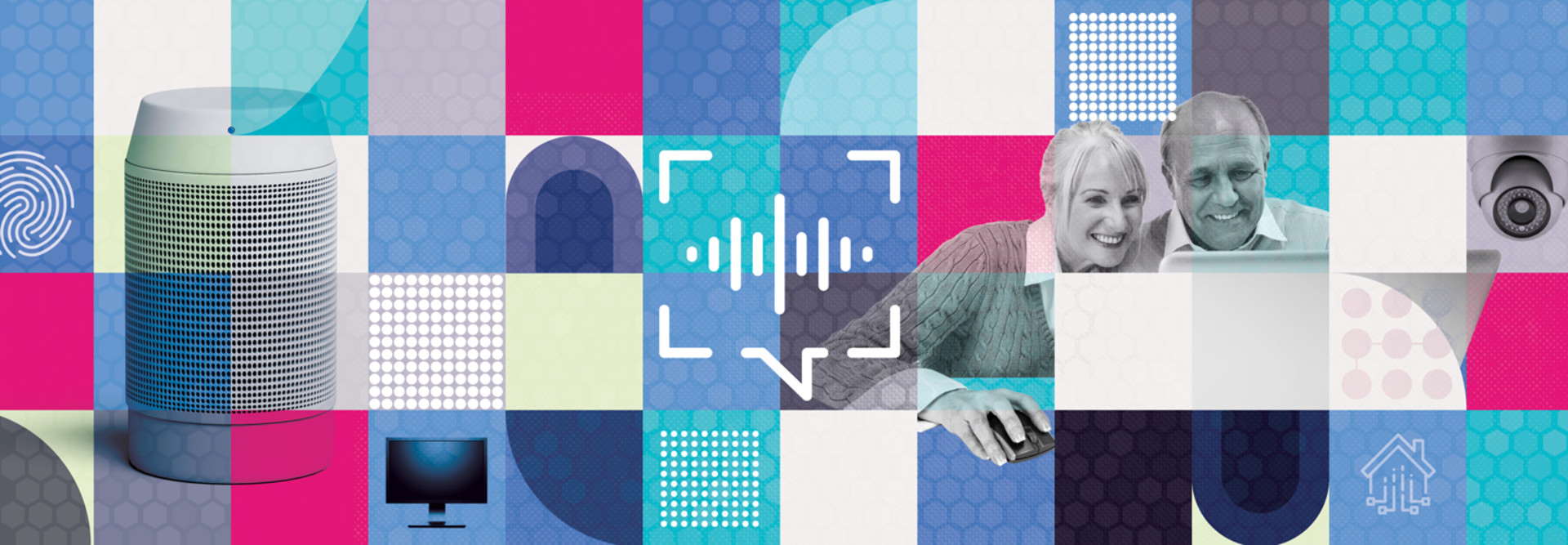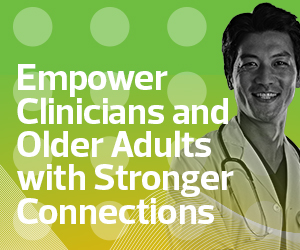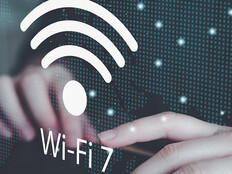2. Automation, Robotics and Sensors Mitigate Staff Shortages
Staffing issues aren’t going away, but automation can give clinical and nonclinical staff more time in their day to focus on residents and patients. Most staff at senior and post-acute organizations are used to engaging with automation and smart technologies, and they expect to have that same continuity in their workplaces. Implementing automation can help attract and retain staff.
Automation can be applied to documentation within clinician and operational workflows to take care of repetitive tasks such as filling out forms related to employee onboarding or patient data. The important thing to keep in mind is that automation should tie back to compliance, billing or a patient need. Collecting data just to collect data creates extra work.
In addition to automation for documentation workflows, many senior care organizations are turning to robots. One example is dining robots, which are being used to support team members with repetitive tasks such as running meals and dirty dishes to and from the kitchen. This gives the dining staff more time to talk with residents during meals.
Robotic solutions such as those from Labrador can also help with evening check-ins. The use of robotics in senior care has evolved from helping older adults with mobility issues in their homes to the assisted living, skilled nursing and memory care spaces. Expect to see growing adoption of assistive robots next year as well.
READ MORE: Four technologies that can improve staff experiences in post-acute and senior care.
Passive sensor technology will also be a trend in 2023, especially for fall risk detection. A sensor can detect where a person is in relation to the floor. With sensors, older adults don’t feel as watched as when cameras are in the room, but the technology still allows care staff and clinicians to get an idea of what’s happening in the patient or resident room. Sensors are being used in skilled nursing, memory care and even independent and assisted living.
The implementation of this technology provides another level of safety and supervision, making it possible for many older adults to remain in their current communities longer. It can also enable some older adults to age in place at home as senior care organizations begin to expand their care services outside of their campus walls. If a sensor detects a fall or unusual movement, it could alert the organization to contact emergency services or check on the person.
When AI and predictive analytics are applied to sensors, they can detect when a patient or resident is making moves to get out of bed, and they can alert nurses or caregivers to assist in order to prevent a fall. Sensors can help monitor older adults at high risk for falls without always requiring a physical person in their room.
Other types of sensor technology include smart toilets and urinary incontinence sensors connected to the cloud through Internet of Medical Things devices, which allow clinicians and caregivers to monitor the dryness level of older adults’ brief. This saves the care team time by decreasing the amount of time needed to check each patient’s or resident’s dryness levels. Instead, they can simply assist the older adults who need help changing wet clothing.
3. Continued Growth in Technology Adoption by Older Adults
As more Baby Boomers age into senior and post-acute care services, they’re bringing with them smart devices such as phones, tablets and smart TVs. The new generation of older adults is more comfortable with technology than ever before.
However, that doesn’t mean that they don’t need help with technology. Many have an expectation that if they need help, they should be able to get it on demand. Rather than asking care staff and others to provide technology help, there’s a growing trend of senior care organizations implementing tech concierges to answer these questions and even provide a broad curriculum about different types of technologies and how they’re used. This is particularly helpful when older adults receive smart devices from family members and do not yet know how to use them.
With this increase in devices comes a need for senior care organizations to upgrade their network infrastructure and broadband to support them with strong Wi-Fi connectivity. While more than half of senior care residents are 85 years old or older and may not use devices, younger older adults will bring their technology with them, and having support for those devices will be an attractive amenity for senior care organizations.
Click the banner below to learn how senior care technology supports caregivers and older adults.















